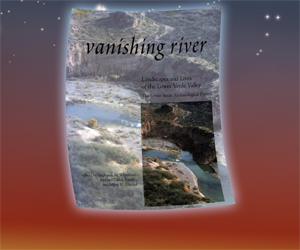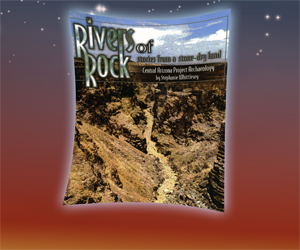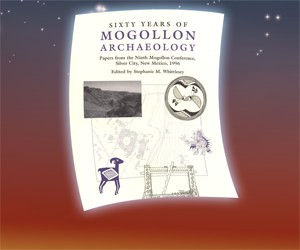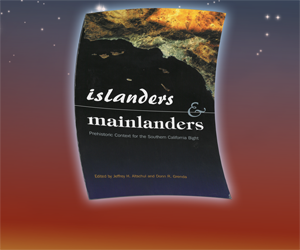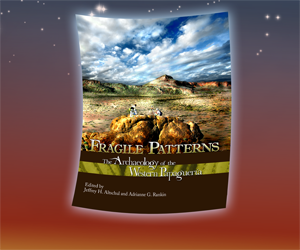A Block Clustering Approach to the Definition of Site Classes: San Xavier Archaeological Project
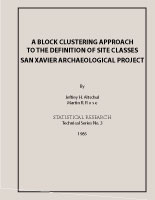
By Jeffrey H. Altschul and Martin R. Rose
Technical Series 3
85 pp. / 1985
SRI produced two reports (Technical Series 3 and 4) in support of the San Xavier Archaeological Project (SXAP), conducted by Cultural and Environmental Systems, Inc., between 1983 and 1986. The SXAP involved an intensive archaeological survey of over 18 square miles of the San Xavier Indian Reservation, located in the southern Tucson Basin. The survey encountered a variety of situations, ranging from areas devoid of cultural material to the almost continuous distribution of material along the nearly seven mile extent of the Santa Cruz River in the project area. The latter situation was particularly troublesome, primarily because it was largely unanticipated. Field crews did their best to define and record sites in a replicable and consistent manner. Yet, different crews addressed these situations in different ways. The net result is that the term ‘site’ often refers to different phenomena and that the artifact collections from different sites are not always directly comparable.
Analysis of the survey material, then, must confront a basic problem: at what level can the collections be compared and what procedures are applicable to this situation?
In an attempt to bring order to the archaeological record, we performed hierarchical block cluster analysis on the 147 prehistoric sites to define objective and replicable site classes. Seventy-five site features and attributes were used to define 12 binary variables. Two analyses were conducted using slightly different variable sets. Modal block cluster analysis was then used to test the strength of the hierarchical block cluster analysis results. To ensure that the results were robust, we conducted a final set of block and modal cluster analyses in which the entry order of the sites was randomized.
The results of the cluster analyses were then integrated into a series of site classes. These classes were: (1) highly diverse, (2) diverse, (3) average, (4) minimal, (5) ground stone and core, and (6) Indian historic. The first four classes lie along a continuum of site diversity, whereas the latter two groups represent sites distinguished by peculiar artifact sets. Instead of trying to link the site classes with traditional functional categories, it is probably best to view the results as indicative of much greater complexity in the Hohokam settlement system than heretofore recognized.

